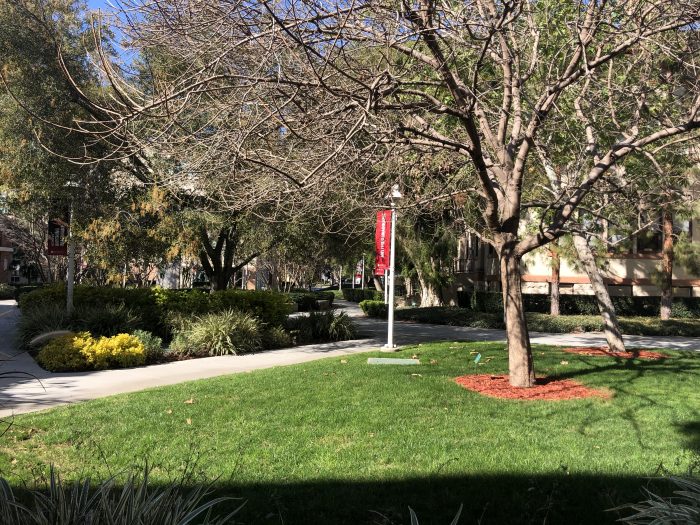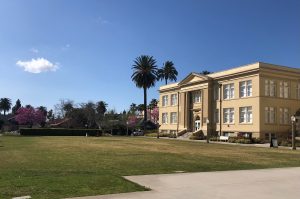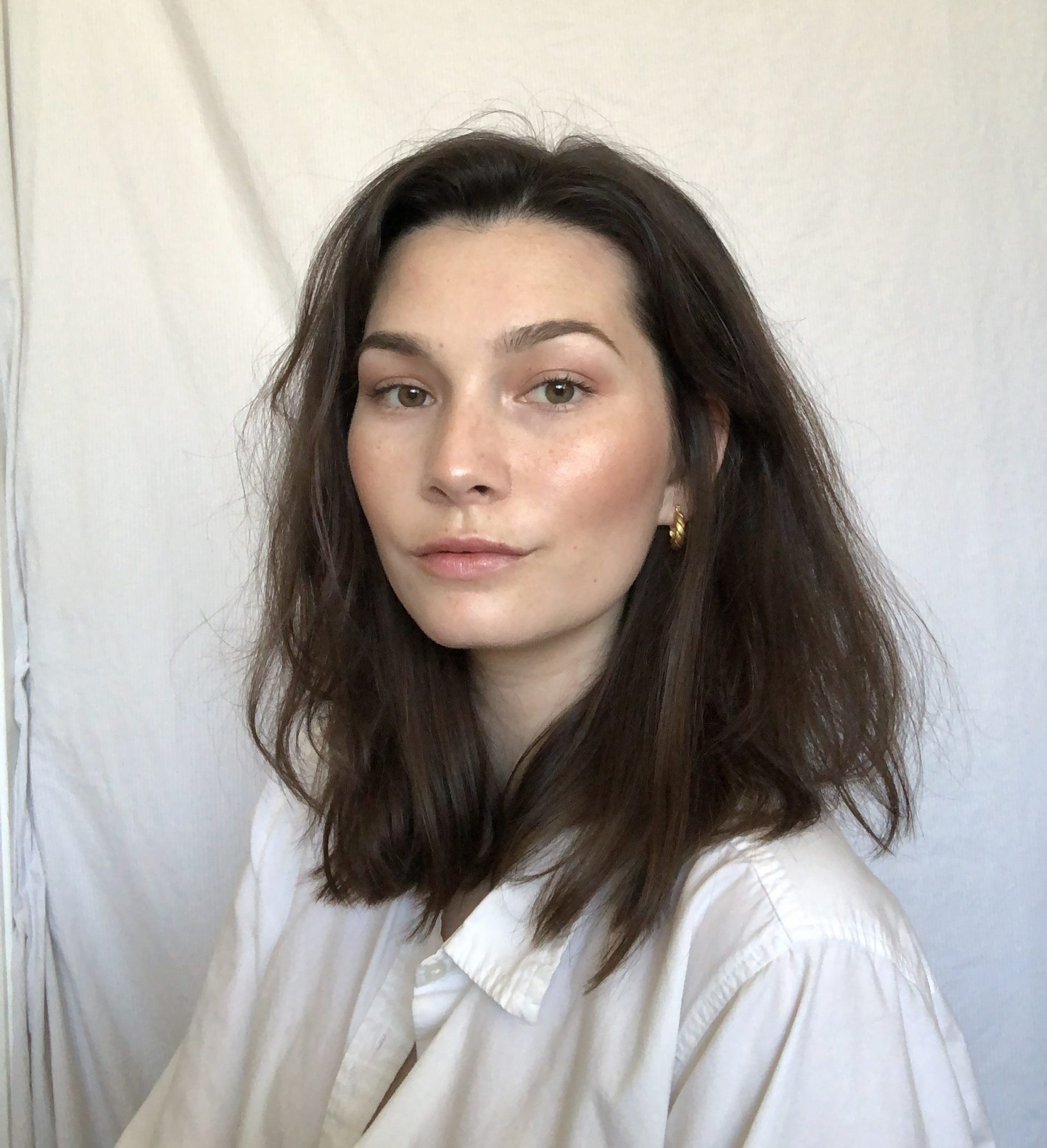
The bell tolls over Attallah Plaza. You’re late. Again. With no time to waste, you decide to take a shortcut over Memorial Lawn. Your footsteps kick up dew, your feet sink into mud, and just when you think you’re almost there, you look up and see you’ve only barely begun.
Are you imagining things, or is this expanse of grass a lot bigger than it looks?
No, you’re not imagining it. Memorial Lawn is massive. And the environmental cost of maintaining it may be even bigger.

With California’s drought conditions only worsening, maintaining Chapman’s greenery has a huge environmental impact, with water waste being a major area of concern. The university has begun to ask itself whether the aesthetic appeal of its landscaping is worth the cost.
According to an article published by the Natural Resources Defense Council, lawn upkeep alone is responsible for nearly a third of all water usage in the United States. That amounts to nearly 3 trillion gallons of water per year being used to water grass.
In addition to water usage, the United States uses around 70 million pounds of pesticides on landscape management per year. Pesticides often result in chemical run off, which gets into storm drains and contaminates natural water bodies.
So that’s it, then. Lawns have been cancelled. Time to invest in AstroTurf.
Or maybe not.

Thomas Piechota is an environmental science professor at Chapman, with a background in civil engineering and an emphasis in water resources. According to Piechota, the issue is more nuanced than just getting rid of grass lawns all across America. Sustainable alternatives could allow Chapman to lessen its environmental footprint while also maintaining its aesthetic appeal.
For example, drip irrigation systems prevent more water loss than your typical sprinkler, making them viable contenders for watering landscapes and gardens.
However, when it comes to lawn maintenance, drip irrigation isn’t much of an option.
“You pretty much have to use spray irrigation to grow grass,” Piechota said. “The question then is, what type of grass are you growing?”
According to Mackenzie Crigger, Chapman’s sustainability manager, the university has already made strides in transitioning to drought tolerant, low water, California-friendly plants.

“We have transitioned most grasses on campus to a Bermuda hybrid grass,” Crigger said, “which goes dormant in the winter and requires about 30% less water than the previous grass variety we were using. Overall, we have reduced irrigation watering by 70%.”
Memorial Lawn isn’t Chapman’s only eye-catching landscaping feature. Everywhere you look on campus, hedges are trimmed to perfection and the grass is perfectly manicured.
Hannah Welsh, a psychology and integrated educational studies double major, appreciates the aesthetic appeal of Chapman’s campus.

“I think as human beings we are inherently drawn to beauty,” said Welsh. “Our visual surroundings tend to influence us, and our mental states.”
Indeed, the aesthetic beauty Chapman’s landscaping does have health benefits. Scientific studies show looking at plants and trees, even just through a window, can lower blood pressure and reduce stress in the body.
Furthermore, clean landscaping adds property value. For Chapman, sights such as Memorial Lawn have become integral to the university’s branding.
As a volunteer for the Office of Admission, Welsh believes prospective students seem to be more influenced to attend Chapman after seeing the campus. After all, the university’s aesthetic was admittedly a factor in Welsh’s own decision to enroll.
“All of the grass that I saw on my tour was green,” said Welsh. “There was nothing visually unpleasant about any of the buildings or landscaping I saw.”
For anyone feeling encouraged to participate in Chapman’s move towards a greener future, Crigger suggested joining clubs, taking environmental science classes, or emailing Chapman’s sustainability office. Crigger said she loves hearing from students!
Students can also check out Chapman’s sustainability programs on their website.
“Sustainability is about the decisions that we make, and decisions society makes,” said Piechota. “And that all starts at a personal level.”

Megan J. Miller is a senior studying journalism and documentary film. When she isn’t writing, you can find her working on her ’95 Bronco, exploring new hiking trails, or scouring the thrift stores for the best vintage finds.
Megan J. Miller is a senior studying journalism and documentary film. When she isn't writing, you can find her working on her '95 Bronco, exploring new hiking trails, or scouring the thrift stores for the best vintage finds.
